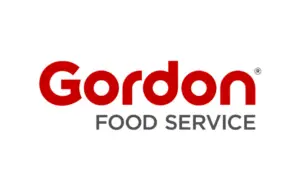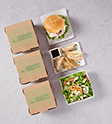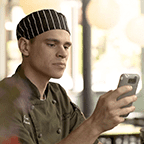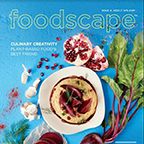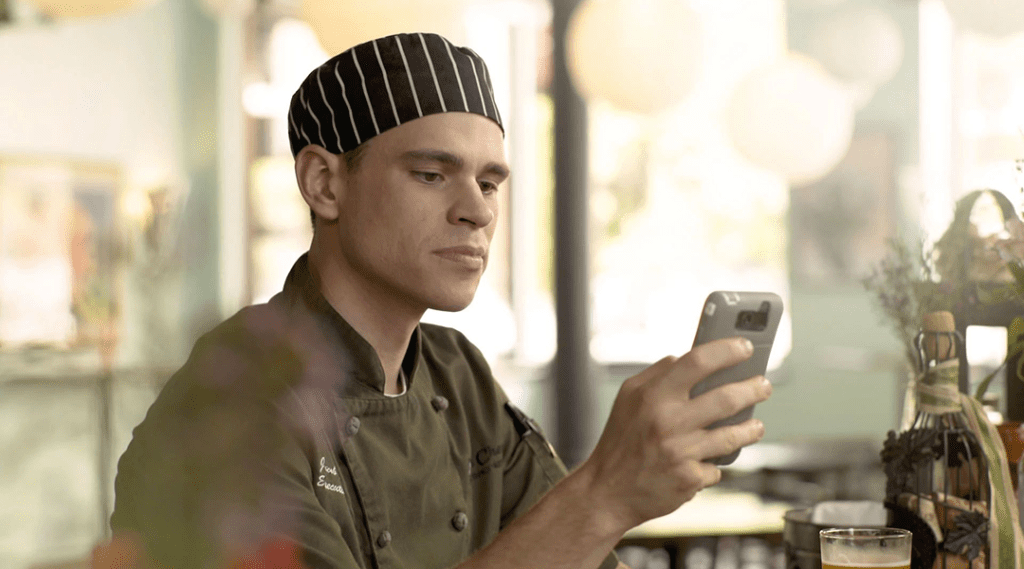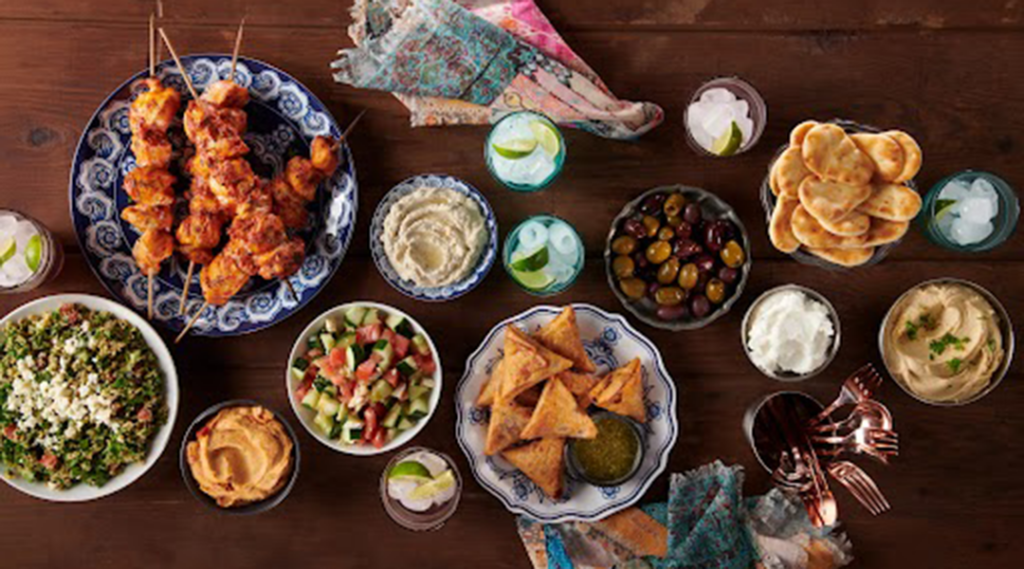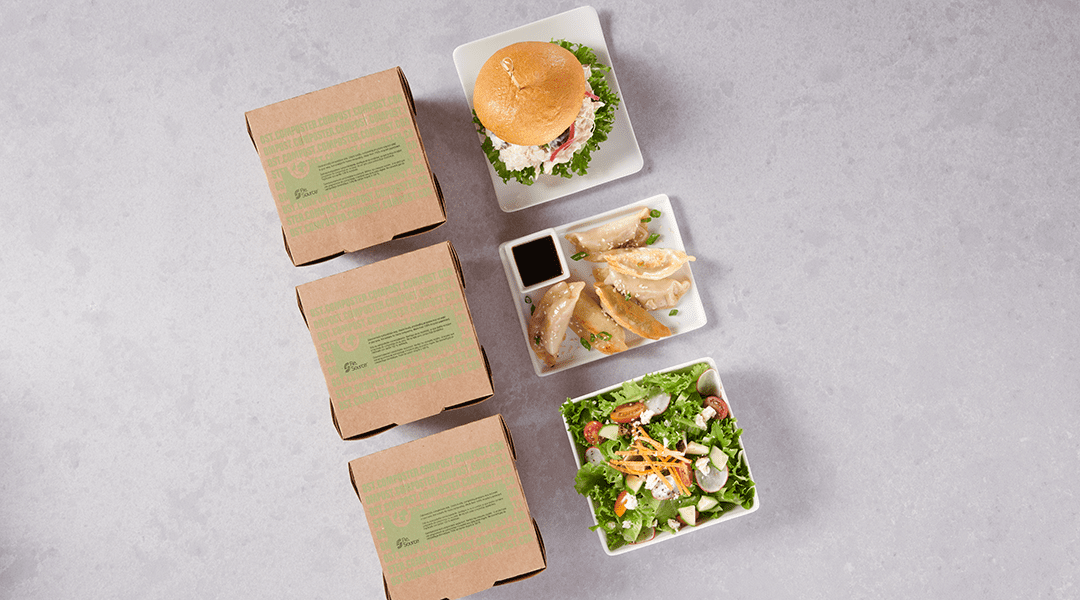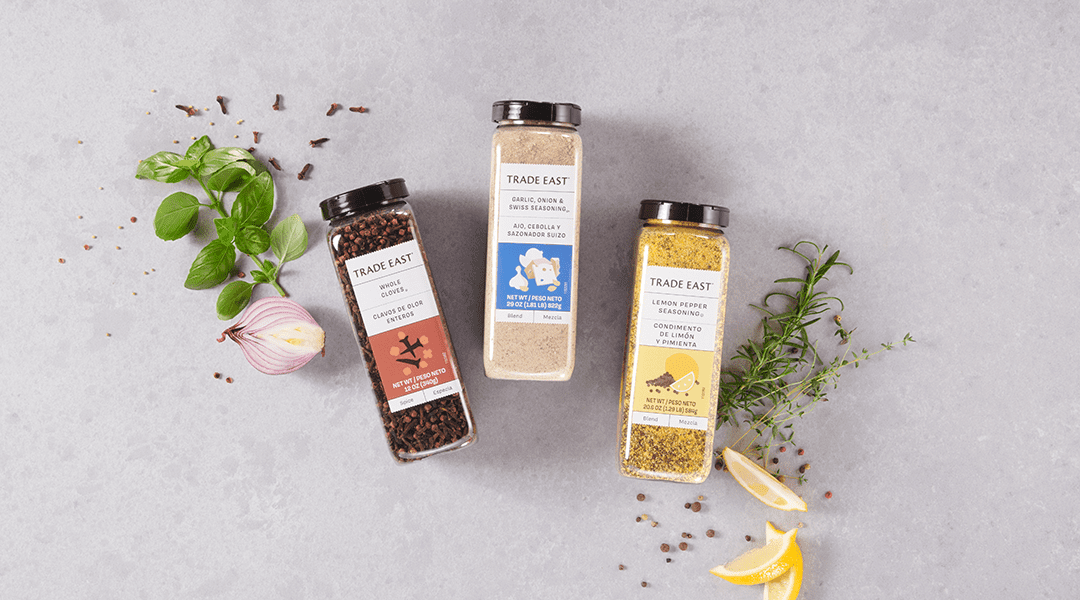This interview was conducted by Back of House, an independent, unbiased platform helping operators find and filter the solutions they need to succeed. This interview has been lightly edited and condensed.
—
Meet Casey Vermette, Wisetail director of sales
Back Of House: Hi Casey! Let’s start with the basics. What’s your role at the company and how long have you been there?
Casey Vermette, Wisetail: I currently sit as director of sales. I’ve been with Wisetail for what will be four years here in October. I started out in business development, and then moved into an enterprise account management role, and at one point, oversaw all sales and marketing, and then kind of scaled out of that. I’m transitioning now into primarily working on the revenue teams with the director of sales side of stuff.
BOH: Give me the 30,000-foot view of what, exactly, Wisetail is.
CV: We position ourselves in a very saturated learning management solution (LMS) market as the training and communication platform that meets the ongoing demands of today’s modern workforces. That’s a mouthful—an elevator pitch, if you will—but we’re really looking to be that innovative solution for anyone who could potentially see value in a technology that can flex with you as changes happen.
A year like this year has been a case study on being prepared or underprepared, and looking at your legacy technology solutions to see if they grow with you, or if they hinder your ability to grow. We are an LMS, but we really champion ourselves as more of a full-scope training and communication platform that is primarily [asking]: how do we engage an employee and make sure their experience is beneficial here?
BOH: Got it. So what are some of Wisetail’s actual products?
CV: Our core product is the legacy LMS system that we’ve scaled to well over 300 clients at this point, [which] was really born in the restaurant space. That’s going to be everything from course authoring and allowing you to take your training materials and build them into highly engaging, on-brand fluid workflows curricula, [to] a very robust communication side of the platform.
Going beyond just that curriculum-based experience for the user, it’s going to be a lot more organic as well. They’re going to be able to engage with dialogues and discussions, create their own profiles, like, comment, or [give posts] points. It’s really looking at going beyond just that training content and bringing in other components that engage that end user.
BOH: Tell me a little bit about the evolution of the business. Where was Wisetail when you joined the company versus where is it now?
CV: I think if you rewind to four or five years ago, training in a lot of enterprises, especially larger enterprises, was focused on just checking the box. It wasn’t really anything other than “Hey, we need to track compliance,” and “Make sure that this person does this onboarding,” and “Sweet. Let’s go from there.”
Your training may do what it needs to do, but have you evaluated what it could be doing?
So, in the early days of Wisetail, we wanted to change the landscape and recognize that the training experience shouldn’t just be this super-vanilla environment. There should be the social component to it. You should have an opportunity for feedback. You should be able to communicate with your workforce, and it should be a highly engaging environment built around your brand and your culture, not just some templated experience that your LMS has provided for you.
Through the natural and organic progression of L&D and e-learning, especially as things transition to more of a digital user experience, I think that that’s the norm now. I think that’s just table stakes: you have to have an on-brand, engaging environment to be competitive in the LMS space.
We’ve really grown into our [idea of] “How do we bring this first-to-market experience that we have with branding and engagement into a more robust offering when it comes to integrating operational excellence into this?” The operations side of things is traditionally a little bit in parallel to, but in a different place than, the training and communications or talent development department. We’ll be integrating enterprise-level operational tools. Data is huge right now, and more importantly data accessibility and manipulation, so our next chapter of Wisetail is looking at being more of a robust tool that meets every demand of both small, medium operations — one, two independent operators — and massive enterprises.
BOH: Let’s say I’m a skeptical restaurant operator. I’m very busy, and I don’t really have time to think about training. I’ve trained all my employees a certain way and it’s worked out alright so far. What is that thing that Wisetail can offer an operator who’s a little bit skeptical and thinks that they can do this themselves?
CV: Generally, the response is, what does your workforce think? As an operator, you can at a high level sit there and say, “Yeah, our training does what it needs to do.” But that’s the question I like to ask: it does what you need it to do, but have you evaluated what it could be doing? By all means what you’re doing works great, [but] have you thought about employee retention? Are people not wanting to stay with your company because they don’t have an opportunity like communication directly up the chain? Have you provided systems and outlets for your workforce to engage with each other and learn from each other and collaborate?
So you start to ask some of those high level questions, which generally engages thoughts around: “Okay, you know, maybe, maybe what we’re doing works, but could we be doing more?”
We’re definitely not targeting the individuals that think the bare minimum is what is best. Those are antiquated thoughts. I think we probably have maybe another three to five years of that mentality still remaining in business—it’s a crazy world, things are all going digital, and today’s workforces are only [requiring engagement] on more systems than they were before. I think that, in the bigger picture, we tackle the idea of: what’s the gold standard, and do your current systems meet that? Are there simple little things that we can parse out of your legacy systems and start onboarding into Wisetail to make sure you’re meeting gold standard in [areas like] communications, rewards and recognition, or seamlessly delivering your employee handbook? We’ve started all over the scope with most of our clients, met them exactly where their needs were at the time.
BOH: How does Wisetail fit into the changing landscape that we mentioned at the beginning of this call? What are things that this product can do, or can empower restaurant operators to do, that have become more of a necessity given the ongoing pandemic?
CV: I would not pretend to have an answer to that question. [laughs] But we’re really excited to figure that out. This has been a year of daily changes in both operational and procedural practice. Some days, compliance is important, and other days we need to figure out a way to re-onboard everybody that was just furloughed. I think the bigger picture for us right now is: we’re placing some bets that not everybody [in the restaurant space] is going to have the answers, but they’re going to want to be able to draw the data to start forming some sort of storyline there.
Take the top industries impacted by COVID, and we’re right there with them as partners.
We’re developing our product to not meet some sort of specific assumption of what we feel like these operators are going to need — because we’d be selling vaporware at that point pretending like we know what they need. I don’t think anybody really knows what post-COVID is going to look like. We’re trying to get to a spot where we’ve put solutions in place to say, “We understand that your talent development, your onboarding, your orientation, all of these core pieces of your operation are going to remain, but they might look a lot different than they did six to 12 months ago.” We want to build a tool that’s agile and flexible, but that also gives integration capabilities and data accessibility and then start to slowly integrate operational tools like checklists.
Our foundation is really planting our feet and bending our knees and being ready to flex and remain agile with the clients we have and the industries that we work best with. I don’t know if anybody necessarily has the best answers right now. It’s placing a lot of small bets until we figure out what the post-COVID environment looks like for operators and for the restaurant industry as a whole.
BOH: What do you mean when you say remaining flexible and allowing that flexibility [with Wisetail’s service]?
CV: We’re heavily ingrained in boutique fitness, restaurants, and the retail space. Basically, take the top industries impacted by COVID and we’re right there with them. One of the things that has been awesome to see as a case study on the flexibility of Wisetail’s platform is when [health press] releases come out, whether from CDC or World Health Organization, or new safety and sanitation curriculum comes out. The second [clients] get an update from the CDC or the second they open another location or a dining room, they can use this platform to communicate that [new] message to their entire workforce and upskill anybody that needs to come back.
BOH: Tell me about the importance of employee communication. Why is that so critical to these types of business as they’re operating going forward in your mind?
CV: These operators have lots of unknowns, but everyone’s looking to engineer risk and meet their compliances. There’s not a whole lot of middle ground. You have people on either side of the spectrum saying, “I can’t believe we’re opening,” or “Yeah, we should definitely be opening.” How do you find a healthy manageable space to communicate with both parties on the reasoning? It’s important because you keep your best employees in the loop and let them know that you hear them on any side of a decision that you’re making.
Sh*t is hitting the fan in the restaurant space, but our partners still need a way to stay connected.
A lot of the [folks] that we’ve chatted with may be furloughed, but they’re still ingrained in the company systems staying up to date. Having Wisetail be that system for a lot of clients of ours, it’s nice to see that the communication has led to a more collaborative effort or group mentality on, “Hey, what do we do? Are we moving forward with the socially distanced-open dining rooms, or are we taking our stance on ‘No, we’re closed until this irons itself out?'” Either way, it’s taking all parties into a collaborative environment and giving them the space to communicate openly. And you have the administrative side of things so someone can give some oversight there.
BOH: That level of transparency is good and potentially reassuring for the employees, but also requires a demonstrable commitment from the operator. An operator who doesn’t feel that his or her employees deserve this transparency probably isn’t a great fit for Wisetail because they’re not really looking for that level of discourse.
CV: Absolutely. If you open up that collaborative community driven environment, you have to be ready to understand and listen to both sides of the story, which not everybody is. If an operator wants to open back up and get revenue but the entire organization is like, “We don’t want to open back up. We feel like this is a poor decision,” you have to be able to swallow that pill.
At the end of the day, if you know that you’re making a decision with the entire community that has supported you up to that point, you’ve got to think that there’s a positive outcome at the end of that tunnel. You’ve made that decision with the individuals in the organization [who’ve] built the success that led you up to pre-COVID. It’s kind of a double-edged sword there. Maybe ignorance is bliss in some cases and you just roll forward, but I think some of our most influential brands have seen nothing but positive outcomes come from opening up those communication pathways.
BOH: Bringing it all the way back around here, you’ve been with the company for a while. Things have obviously changed an enormous amount very quickly in the past nine months or so since we began this new phase of existence with the pandemic. Knowing that there are a lot of unknowns with where these businesses are going to go, what gives you the motivation to get out there and get fired up about Wisetail?
CV: It definitely changes day over day as the industry shifts, and anybody who spends a day or even less than a day in the LMS space knows there’s more than enough competition here. One thing that brings me to the table every day and gets me excited is the brands that we get to work with. We’ve had the benefit of having some pretty strong brand presence with influential brands that lead to dialogues with more influential brands. That’s definitely a fun part of it.
But over the last nine months it’s been awesome to see this reinvigorated focus on community, and more importantly, community development — coming together to try and meet and get through a specific challenge ahead. It’s been exciting to see that the new partners we’ve onboarded through COVID have been implementing Wisetail’s toolkit, specifically to get through this time. That’s kind of a cool conversation to have — you know, sh*t more or less is hitting the fan specific to the restaurant space, but we need a way to stay connected. We need a way to keep everybody in the loop. We’re going to make this investment in Wisetail even though it is uncertain where our business is going.
BOH: Yeah, that’s a huge vote of confidence for what you guys offer. I mean, that’s got to feel good.
CV: [laughs] I’m not gonna sit here and tell you that implementing Wisetail solves all your problems, but I think that it’s one piece of a larger puzzle that has worked for a lot of brands. Not for every brand — we’ve lost clients like anybody else — but I think in the grand scheme of things, keeping community first, keeping your employee experience top of mind in everything that you’re doing… Wisetail really fits well into those objectives and gives you some really strong tools to deliver on that.
*Header image courtesy of Back of House*



